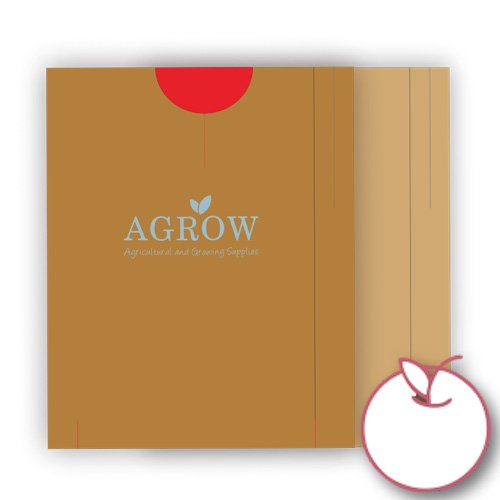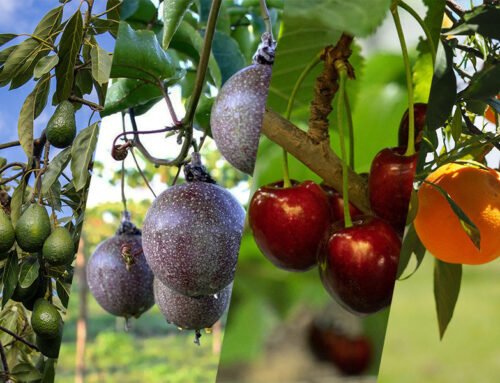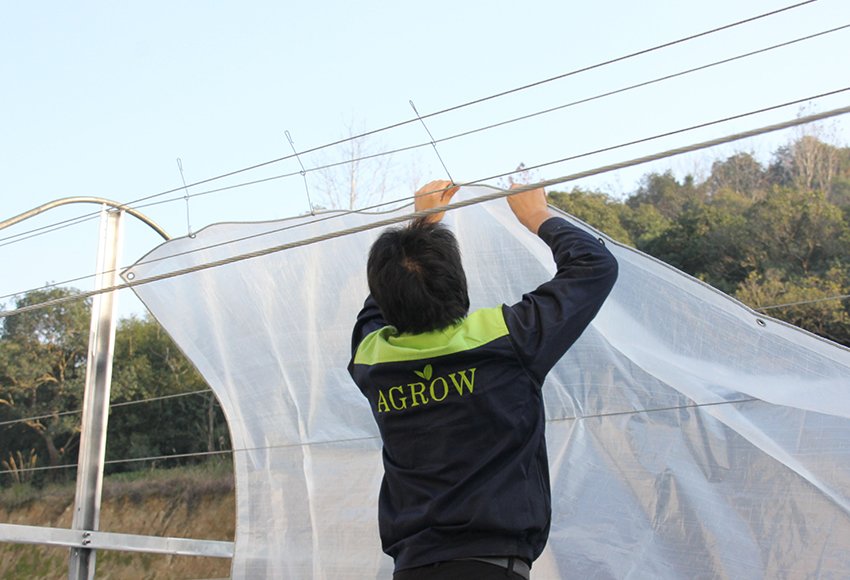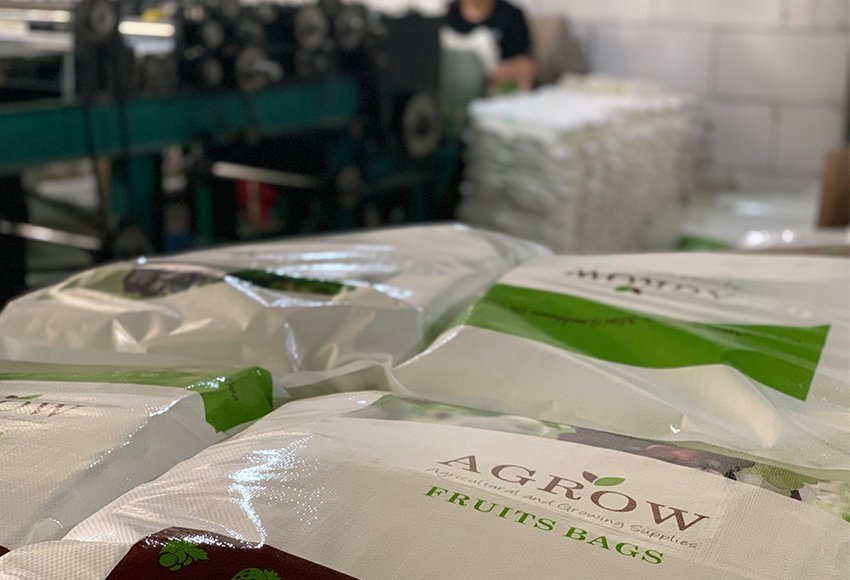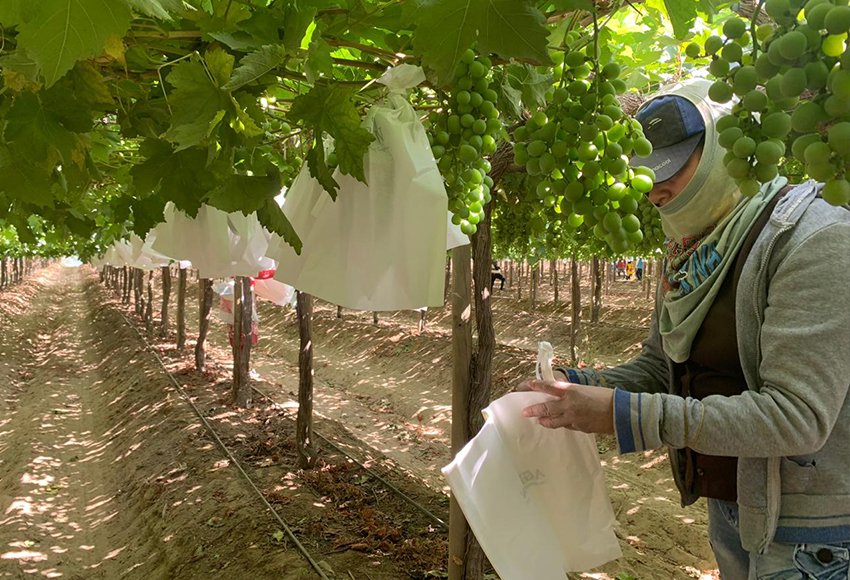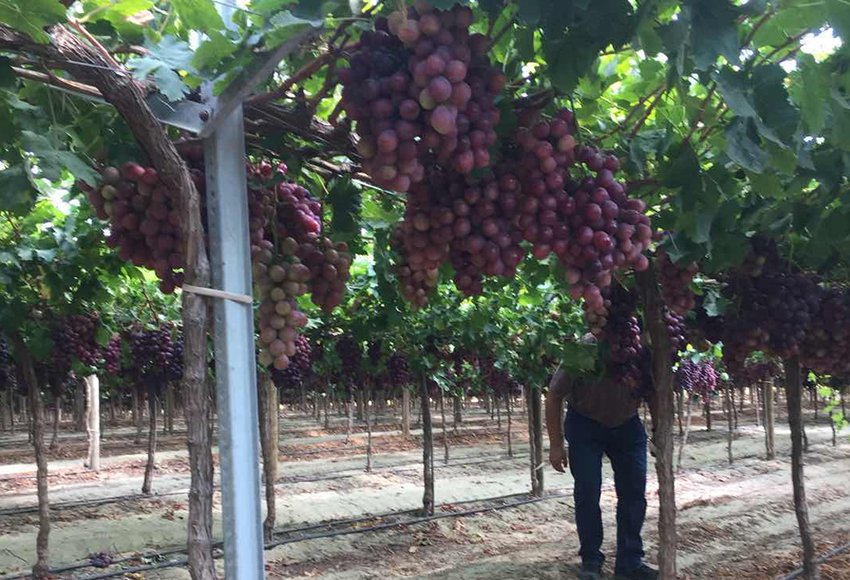January 2025: Fruit Industry Trends and Highlights – Mid
South African Citrus Season and Logistics Look Promising
Justin Chadwick, CEO of the South African Citrus Growers Association, expressed optimism for the 2025 citrus season, citing proactive measures in logistics and shipping. He highlighted strong communication with the Minister of Transport and industry leaders, fostering smoother operations. Chadwick praised Transnet’s commitment and the efforts to secure more equipment at terminals. He also welcomed the Rail Network Statement, which will allow private rail operators on South Africa’s rail network. Additionally, he emphasized the Reefer Export Optimization Project, aiming to improve container logistics through centralized planning and timely operations.
USDA Report Shows Hong Kong as Key Market for U.S. Fresh Fruit Exports
A USDA report highlights Hong Kong as a promising market for U.S. agricultural exports, particularly tree nuts and fresh fruit, due to its economic recovery and strong import growth. While Hong Kong’s economy has not fully rebounded to pre-pandemic levels, demand for agricultural imports is rising. The region relies on imports for 95% of its food supply, with most food imports being duty-free. Despite a 17% decline in U.S. exports to Hong Kong due to the China dispute and the pandemic, the report predicts strong demand for goods like beef, poultry, tree nuts, and fresh fruits, including cherries, apples, and citrus.
Will Freight Rates Fall Following ILA and USMX’s Tentative Agreement?
Strikes at U.S. East and Gulf Coast ports were averted after the International Longshoremen’s Association (ILA) and the U.S. Maritime Alliance (USMX) reached a tentative six-year contract agreement. This prevents disruptions to ports from Maine to Texas, which would have worsened shipping rates, already up 26% since mid-December. Ocean container freight from Asia to the U.S. East Coast was projected to climb even higher, with potential disruption surcharges of up to $3,000 per container.
Experts see this agreement as a positive development, reducing supply chain risks, but caution that geopolitical tensions and unpredictable market conditions still pose challenges for shippers.
FAO Initiative Boosts Bangladesh’s Jackfruit Industry for Global Market
The FAO’s “One Country One Priority Product” initiative helps countries identify products with high market potential. Since Bangladesh joined, the FAO has supported local farmers and entrepreneurs in boosting jackfruit production, the country’s second-largest global output. With training on climate-smart, sustainable practices, the initiative focuses on enhancing production, storage, processing, and marketing. Although more modernization is needed, like vacuum packaging, and adherence to international standards, the initiative has expanded the local market and attracted global interest in jackfruit products.
Chilean Cherry Prices Recover in China
Recently, Chilean cherry prices in China experienced a drop due to a large supply, but the market has since rebounded. This recovery was partly influenced by the engine failure of the Maersk Saltoro vessel, which delayed 1,100 containers and reduced stock levels. As a result, cherry prices have risen by 5 to 10 yuan per opening, and demand has increased. Iván Marambio, president of Frutas de Chile, confirmed the market’s reactivation, noting that 800 containers are being opened daily. Experts believe the price drop, though unusual, could encourage diversification into other markets beyond China.
Tasmanian Blueberries Reach Peak Production with Exceptional Quality
Tasmanian blueberries are in full production, offering high volumes and excellent quality after a late start. The season runs from late December to March, with peak production from early January to mid-February. Tru Blu Berries, a pioneer in the industry, emphasizes the unique flavor of blueberries grown in Tasmania’s temperate climate. The state ranks second in national blueberry production, with around 2,200 tons produced last season, mostly for the domestic market. Tasmania’s rich soils and clean water contribute to the high quality of the fruit, making it a favorite for local consumers.
US Allocates $129.2 Million to Combat Exotic Fruit Fly
The U.S. Secretary of Agriculture has approved $129.2 million from the Commodity Credit Corporation to APHIS to combat the spread of exotic fruit flies. The funding will support eradication efforts in the U.S., Guatemala, and Mexico, strengthen surveillance, and repair sterile insect facilities in California and Texas. Fruit flies threaten over 400 plant species, causing crop damage and financial losses. APHIS, along with state and international partners, aims to prevent further outbreaks and improve long-term prevention measures through collaborative efforts and enhanced detection systems.
